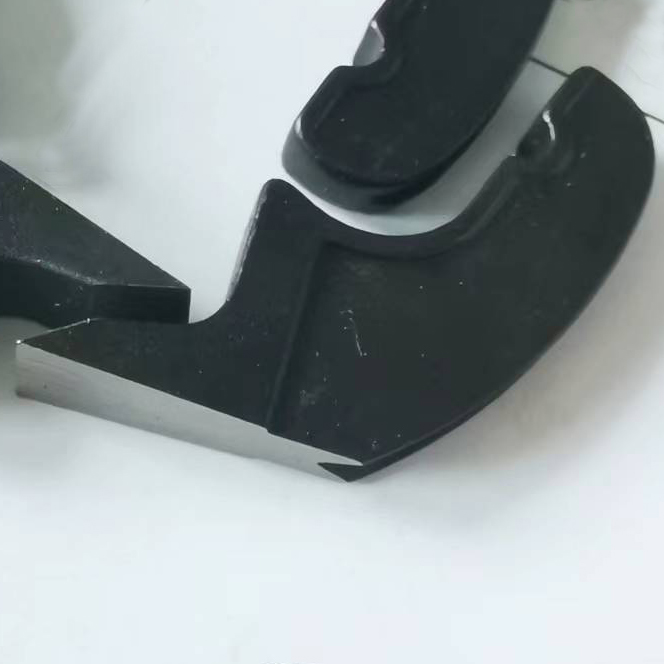Sawmill Saw Teeth
In the world of timber production, sawmills play a vital role in transforming logs into usable lumber. At the heart of every sawmill are the saw teeth, which are responsible for cutting through the wood with precision and efficiency. In this article, we will delve into the importance of sawmill saw teeth and how they contribute to the overall process of lumber production.
To understand the significance of sawmill saw teeth, it is crucial to grasp the basic principles of sawing. When a log enters the sawmill, it needs to be cut into smaller sections, known as boards or planks. This process requires a blade with sharp teeth that can slice through the dense fibers of the timber effectively. The quality and condition of the saw teeth directly impact the speed, accuracy, and quality of the cuts.
One key aspect of sawmill saw teeth is their design. Various tooth designs exist, each serving specific purposes depending on the type of wood being cut and the desired outcome. For instance, ripping teeth have a flat-top design, ideal for cutting along the grain of the wood. On the other hand, crosscut teeth feature angled edges, enabling clean cuts across the grain. Proper selection and maintenance of the appropriate tooth design contribute to optimal cutting performance.
Maintaining the sharpness of sawmill saw teeth is essential for efficient cutting. Dull or damaged teeth not only slow down the cutting process but also result in rougher and less precise cuts. Regular sharpening and replacement of worn-out teeth are crucial to ensure consistent cutting performance. This upkeep may include leveling the teeth, ensuring the correct tooth set, and filing the teeth to the correct angle.
Furthermore, the material used in constructing sawmill saw teeth also plays a significant role. High-quality steel with adequate hardness and resistance to wear is typically preferred. Advanced manufacturing techniques and materials, such as carbide-tipped teeth, have improved the durability and lifespan of sawmill saw teeth. The ability to withstand the demanding conditions of timber cutting is crucial for ensuring long-term efficiency.
The overall success of a sawmill operation relies heavily on the proper maintenance and care of the sawmill saw teeth. A well-maintained set of teeth allows for smoother and faster cutting, reducing overall production time and costs. Moreover, precise cuts contribute to higher-quality lumber, meeting industry standards and customer expectations.
In conclusion, sawmill saw teeth are an integral part of the lumber production process. Their design, maintenance, and material all contribute to the overall efficiency and quality of the cuts made in a sawmill. By understanding the importance of sawmill saw teeth and implementing proper care and maintenance practices, sawmill operators can optimize their operations and deliver high-quality lumber to meet market demands.

